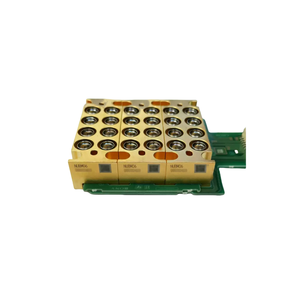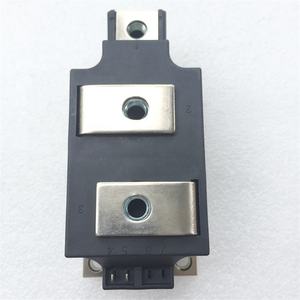Thyristors Online | High-Quality Power Semiconductors
Mastering the Thyristor Hookup: Your Power Control Game Changer
(How To Connect A Thyristor)
What is a Thyristor?
A thyristor is a solid-state semiconductor device. It acts like an electronic switch. Think of it as a gatekeeper for electricity. It controls large power flows using tiny signals. Thyristors have three key parts: anode, cathode, and gate. They stay off until triggered. Then they latch on until power cuts. Common types include SCRs and TRIACs. They handle high voltages and currents. This makes them tough for heavy-duty jobs.
Why Use a Thyristor?
Thyristors excel in power management. They switch faster than mechanical relays. No moving parts means less wear. They handle surges better than transistors. Efficiency is their superpower. Thyristors waste minimal energy as heat. This saves money and cooling effort. They suit AC and DC systems. Motor speed controllers use them. So do light dimmers and voltage stabilizers. Their latching action simplifies circuits. One pulse keeps them working.
How to Connect a Thyristor
Connecting a thyristor needs care. Follow these steps:
1. Identify the pins. Anode (A) connects to power positive. Cathode (K) links to load or ground. Gate (G) is the control trigger.
2. Add protection. Place a diode across inductive loads. This blocks voltage spikes. Use a resistor on the gate. It prevents overcurrent.
3. Test the trigger circuit. Apply a brief positive pulse to the gate. A multimeter confirms the thyristor conducts.
4. Check the load. Connect your device between cathode and ground. A lamp or motor works.
5. Power up. Switch on the main supply. The thyristor stays off until gated.
Safety tip: Discharge capacitors first. High voltages can linger.
Thyristor Applications
Thyristors are everywhere. Industrial drives use them for motor control. They adjust conveyor speeds precisely. Home appliances rely on them too. Modern rice cookers regulate temperature. Electric ovens manage heating coils. Power grids deploy thyristors for stability. They correct voltage dips instantly. Renewable energy systems depend on them. Solar inverters convert DC to AC using thyristors. Electric cars control battery charging with them. Even welding machines use thyristors for smooth arcs.
Thyristor FAQs
1. Can I test a thyristor with a multimeter? Yes. Set to diode mode. Probe anode and cathode. It should show open. Touch gate to anode briefly. Now it conducts.
2. Why won’t my thyristor turn off? Check the load current. If it drops too low, latching fails. Ensure voltage across anode-cathode hits zero briefly in AC circuits.
3. What burns out a thyristor? Overvoltage or overheating. Add a heat sink. Use a snubber circuit against spikes.
4. Can thyristors work with DC? Yes. But turning off needs extra steps. A forced commutation circuit interrupts current.
(How To Connect A Thyristor)
5. TRIAC vs SCR? SCR controls DC or half-wave AC. TRIAC handles full AC waves. TRIACs switch both power directions.


